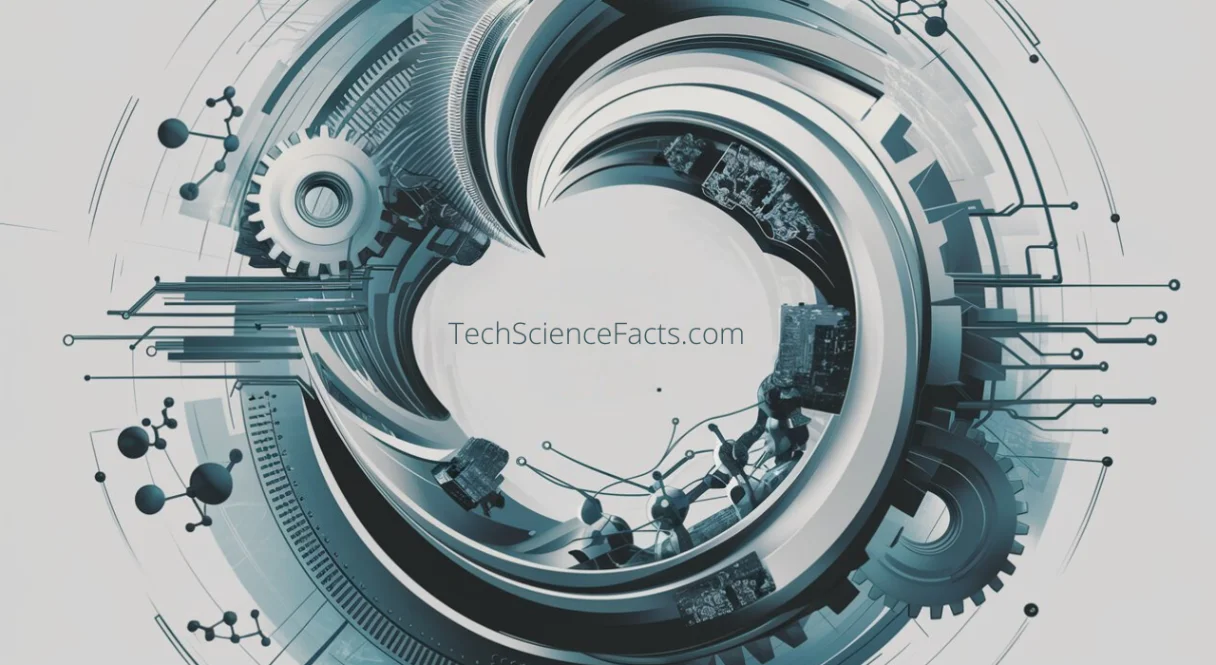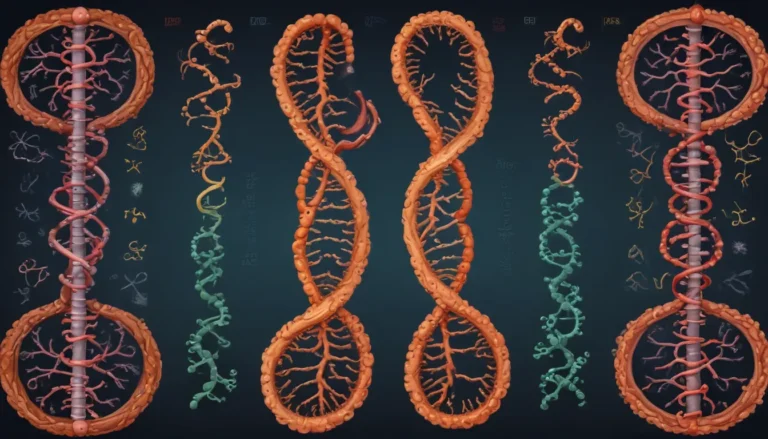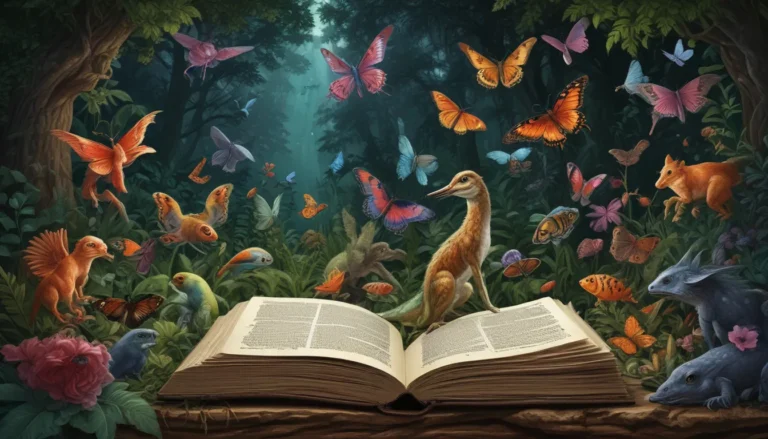A Note About Images: The images used in our articles are for illustration purposes only and may not exactly match the content. They are meant to engage readers, but the text should be relied upon for accurate information.
Have you ever stopped to marvel at the wonders of the oxygen cycle? This essential process is not just a scientific concept; it’s a vital force that sustains life on Earth. From the bustling rainforests to the depths of the ocean, the oxygen cycle weaves its magic, ensuring that we have the air we breathe and the environments we thrive in. In this article, we invite you to explore the intricate dance of oxygen through ten fascinating facts that will deepen your understanding of this essential element. So, buckle up and get ready to embark on a journey into the heart of the oxygen cycle.
The Vital Role of Oxygen: A Closer Look
-
Oxygen Production by Photosynthesis: Did you know that plants and marine organisms are the unsung heroes of oxygen production? Through the miraculous process of photosynthesis, these living beings transform carbon dioxide and sunlight into life-giving oxygen, creating lush oxygen-rich environments for marine life and terrestrial organisms.
-
Trees as Oxygen Powerhouses: Trees stand tall as oxygen powerhouses, absorbing carbon dioxide and releasing oxygen with every breath. A single mature tree can provide enough oxygen to sustain not one, not two, but up to four human beings in a day. So, the next time you pass by a majestic tree, tip your hat to nature’s oxygen factory.
-
The Ocean’s Contribution: While we often associate oxygen production with land plants, let’s not forget the vital role that marine plants, algae, and phytoplankton play in the oxygen cycle. These underwater wonders engage in photosynthesis, releasing oxygen into the water and creating thriving oxygen-rich habitats for marine life.
Delving Deeper into the Mysteries of Oxygen
-
Life’s Breath: Oxygen Consumption by Organisms: Oxygen isn’t just a gift; it’s a necessity for all living beings. Through respiration, organisms inhale oxygen and exhale carbon dioxide, fueling the energy production that keeps the wheels of life turning. This exchange of gases ensures a steady supply of oxygen for cellular respiration and metabolic processes.
-
Fluctuating Oxygen Levels: Oxygen levels in Earth’s atmosphere have fluctuated over the course of history, shaped by geological and biological forces. Approximately 2.7 billion years ago, the Great Oxygenation Event heralded a significant rise in oxygen levels, paving the way for the evolution of aerobic organisms and setting the stage for life as we know it.
-
Deforestation’s Impact: The stark truth is this: deforestation disrupts the delicate balance of the oxygen cycle. With fewer trees to produce oxygen, the equilibrium between oxygen and carbon dioxide is thrown off-kilter, leading to environmental imbalances and a surge in greenhouse gases. Each tree lost is a step closer to endangering our planet’s oxygen supply.
Unveiling the Surprising Faces of Oxygen
-
The Fuel for Fire: Oxygen and Combustion: Oxygen isn’t just a life-sustaining element; it’s also a catalyst for combustion reactions. When substances burn, oxygen acts as a crucial reactant, releasing energy in the process. From industrial applications to the inner workings of our bodies, oxygen’s role in combustion is a fiery reminder of its versatile nature.
-
Aerobic Respiration: Dive into the world of aerobic respiration, where cells utilize oxygen to break down glucose and produce ATP, the cellular energy currency. This intricate process is the backbone of energy production in organisms, powering daily activities and maintaining overall health. Oxygen truly is the breath of life.
-
Shielding against Harmful Radiation: Oxygen isn’t just a breath of fresh air; it’s also a shield against the sun’s harmful ultraviolet (UV) radiation. The ozone layer, composed of ozone molecules (O3), acts as a protective barrier, absorbing most of the UV rays and safeguarding living organisms from their damaging effects. Oxygen steps up as nature’s guardian.
The Interconnected Symphony of Biogeochemical Cycles
As we peel back the layers of the oxygen cycle, we uncover its intricate connections with other biogeochemical cycles such as carbon and nitrogen. These cycles intertwine, forming a complex web of interactions that sustain the delicate balance of Earth’s ecosystems. By understanding and respecting these interconnected processes, we can nurture a healthier and more sustainable future for our planet.
Conclusion: Embracing the Oxygen Cycle’s Wisdom
In the grand tapestry of life, the oxygen cycle stands as a testament to nature’s brilliance and resilience. From the lush forests to the crystal-clear waters, oxygen weaves its magic, supporting life in all its forms. As stewards of this precious planet, it falls upon us to safeguard the oxygen cycle, ensuring that future generations can breathe easy and thrive in a world abundant with oxygen. Let’s join hands and embark on this journey of conservation and harmony with nature.
FAQs: Your Oxygen Cycle Queries Answered
-
Q: What is the oxygen cycle?
A: The oxygen cycle denotes the movement of oxygen atoms between the atmosphere, plants, and living organisms, encompassing processes like photosynthesis, respiration, and decomposition. -
Q: How does the oxygen cycle function?
A: During photosynthesis, plants convert carbon dioxide and sunlight into oxygen and glucose, releasing the oxygen into the atmosphere for organisms to use in respiration. This cyclical process ensures a steady supply of oxygen for life forms. -
Q: What significance does photosynthesis hold in the oxygen cycle?
A: Photosynthesis is a pivotal component of the oxygen cycle, responsible for the generation of oxygen by plants, algae, and certain bacteria. This process sustains oxygen levels in the atmosphere, supporting the respiration and energy needs of organisms. -
Q: How does the oxygen cycle support life on Earth?
A: The oxygen cycle is a lifeline for terrestrial and aquatic ecosystems, providing the oxygen essential for cellular respiration and metabolic processes. This vital element underpins the functioning and survival of diverse life forms, including humans. -
Q: Can human activities impact the oxygen cycle?
A: Yes, human actions like deforestation and fossil fuel combustion can disrupt the oxygen cycle by reducing oxygen production and altering the balance between oxygen and carbon dioxide. Conservation efforts are crucial to safeguarding this delicate equilibrium.
The oxygen cycle beckons us to embrace its mysteries and marvel at its intricate workings. As we navigate the currents of climate change and environmental challenges, let’s stand as champions of conservation and custodians of the oxygen-rich world we call home. Together, let’s preserve the magic of the oxygen cycle and ensure a green and vibrant future for all.






